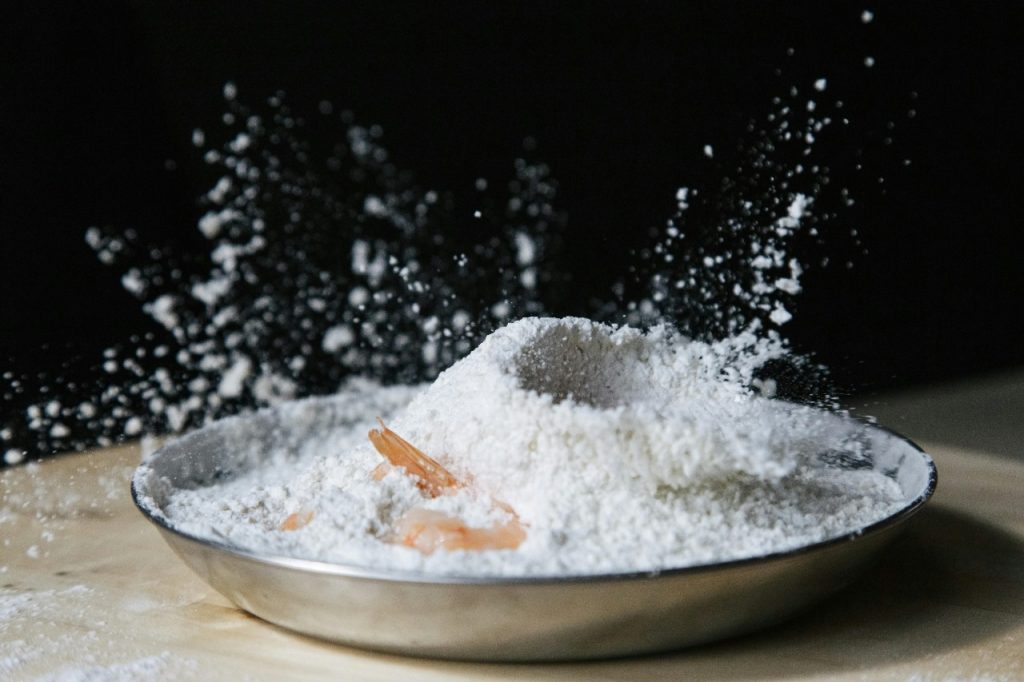
When it comes to modern construction materials, Redispersible Polymer Powder plays a crucial role in enhancing the properties of cement-based products. At KIMA CHEMICAL CO.,LTD, we understand the science behind this innovative additive and its transformative effects on cement reactions. This article delves into the fundamentals of redispersible polymer powder, its interaction with cement, and why it’s an essential component in contemporary construction.
What is Redispersible Polymer Powder?
Redispersible polymer powder (RPP) is a dry form of polymer that, when mixed with water, redisperses into a latex-like solution. It is primarily used as an additive in cementitious materials to improve flexibility, adhesion, water retention, and durability. Unlike liquid polymer emulsions, RPP offers advantages in storage, handling, and dosage control, making it highly popular in the building industry.
Composition and Types
Redispersible polymer powder typically consists of vinyl acetate-ethylene (VAE), vinyl acetate-acrylic (VAc/Acrylic), or styrene-butadiene copolymers. Each type provides different performance characteristics tailored to specific cement applications, such as tile adhesives, self-leveling compounds, and repair mortars.
How Redispersible Polymer Powder Interacts with Cement
The interaction between redispersible polymer powder and cement is a sophisticated chemical and physical process that significantly influences the final product’s properties. Understanding this interaction is key for manufacturers and builders to optimize material performance.
Polymer Film Formation
When mixed with cement and water, redispersible polymer powder disperses into individual polymer particles. As the cement hydrates and the mixture dries, these particles coalesce to form a continuous polymer film throughout the cement matrix. This film enhances the cohesion and flexibility of the hardened material, reducing cracking and improving impact resistance.
Influence on Cement Hydration
Redispersible polymer powder can modify cement hydration kinetics. While it does not chemically react with cement compounds, the polymer film can alter the pore structure and reduce the permeability of the cement matrix. This effect enhances durability by protecting the internal cement structure from water ingress and chemical attack.
Benefits of Using Redispersible Polymer Powder in Cement
Adding redispersible polymer powder to cement formulations offers numerous benefits, making it indispensable for many construction projects.
Improved Adhesion
One of the standout advantages of redispersible polymer powder is its ability to improve adhesion to substrates such as concrete, metal, and ceramics. This enhanced bonding capacity ensures that coatings and mortars stay firmly in place, increasing the longevity of the construction.
Enhanced Flexibility and Crack Resistance
Traditional cement is brittle and prone to cracking under stress or temperature changes. The polymer film formed by redispersible polymer powder imparts flexibility to the cement matrix, allowing it to absorb mechanical stresses without cracking, thus extending the service life of the material.
Better Water Retention and Workability
Redispersible polymer powder improves the water retention of cement mixtures, preventing premature drying during application. This ensures proper hydration of cement particles and enhances workability, making it easier for contractors to apply and finish the product.
Applications of Redispersible Polymer Powder in Construction
The versatility of redispersible polymer powder has led to its widespread adoption across a range of construction applications.
Tile Adhesives and Grouts
In tile adhesives, redispersible polymer powder improves adhesion, flexibility, and water resistance, making tiles more durable and reducing the risk of delamination.
Repair Mortars and Plasters
The flexibility and bonding properties imparted by redispersible polymer powder make it ideal for repair mortars and plasters, which require strong adhesion to old substrates and resistance to cracking.
Self-Leveling Compounds
In self-leveling floor compounds, the addition of redispersible polymer powder enhances smoothness, reduces shrinkage, and increases resistance to wear and impact.
Choosing the Right Redispersible Polymer Powder
Selecting the correct redispersible polymer powder depends on the specific application, desired properties, and environmental conditions. At KIMA CHEMICAL CO.,LTD, we provide expert guidance to help you choose the optimal polymer powder to meet your project’s needs.
Considerations for Selection
- Compatibility with cement type: Different polymers may perform better with certain cement blends.
- Mechanical property requirements: Flexibility, adhesion, and toughness vary with polymer type.
- Environmental exposure: Some polymers offer better resistance to chemicals, moisture, or temperature fluctuations.
Conclusion
Redispersible polymer powder is a vital additive in modern cement-based construction materials, significantly improving adhesion, flexibility, durability, and water retention. Understanding the science behind redispersible polymer powder and its interaction with cement enables manufacturers and builders to optimize their products for superior performance. At KIMA CHEMICAL CO.,LTD, we are committed to providing high-quality redispersible polymer powder that meets the evolving demands of the construction industry. By integrating this innovative material, you can ensure your projects achieve greater strength, longevity, and reliability.





